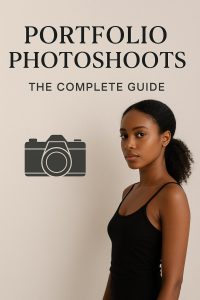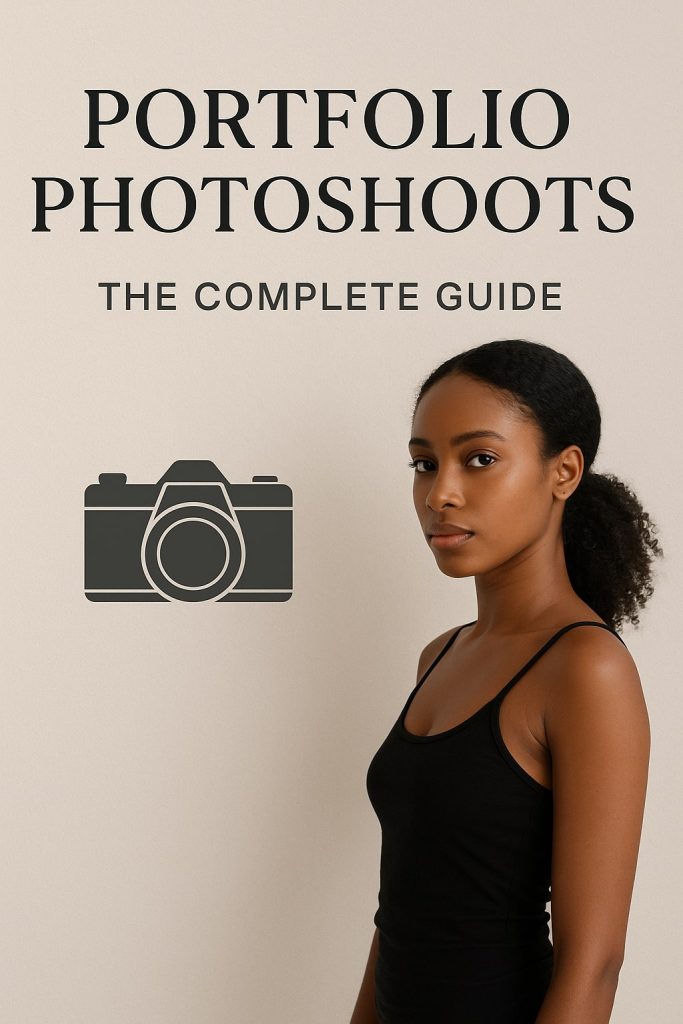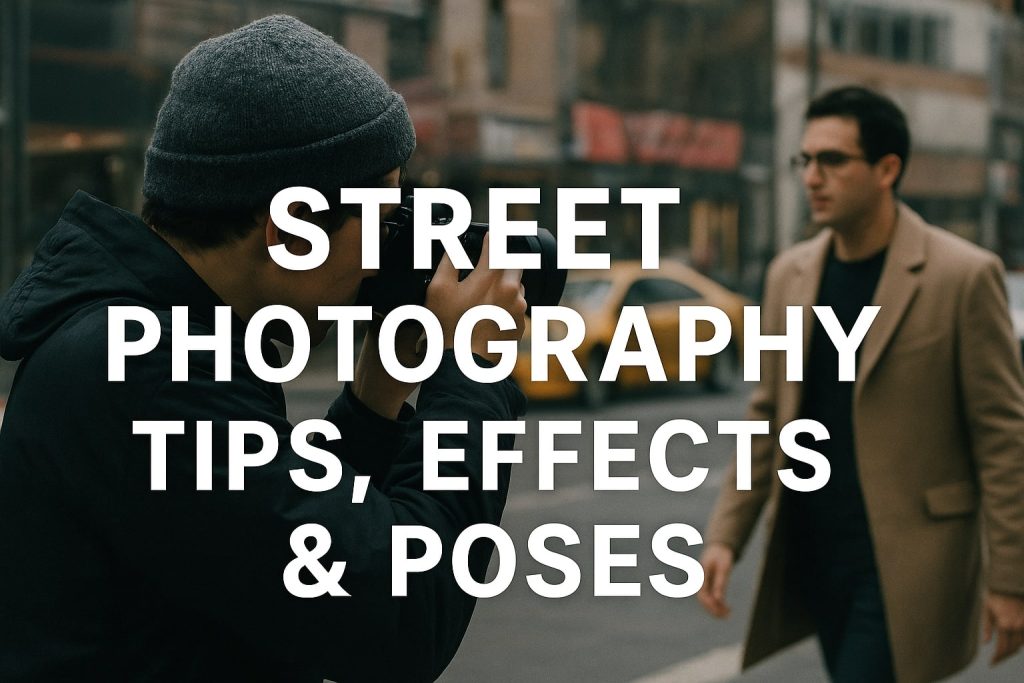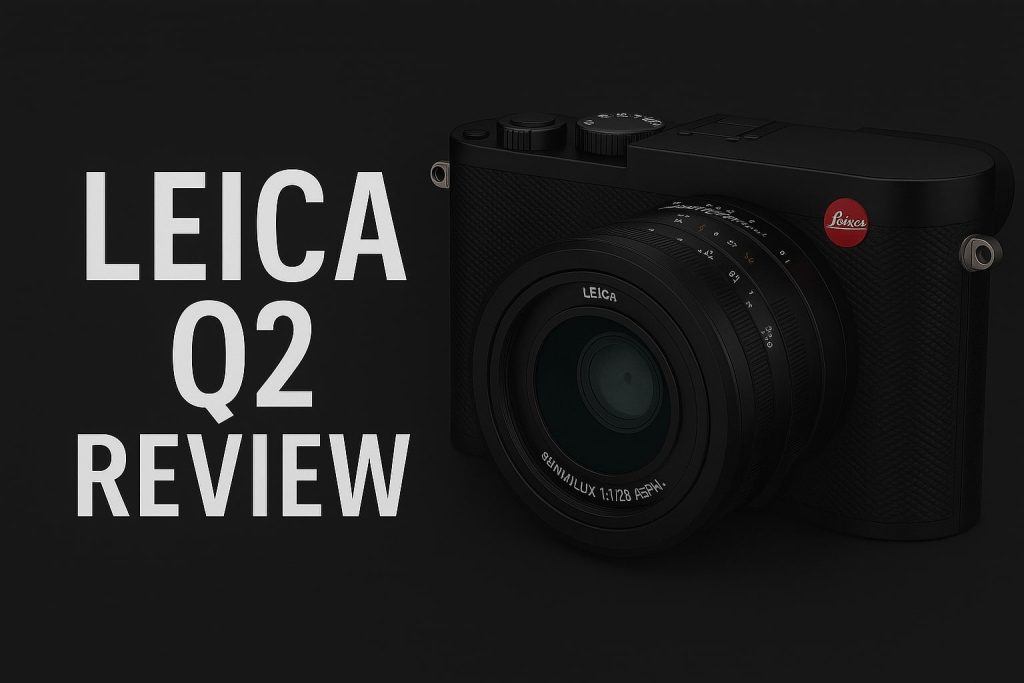Photography skills is an art that requires patience, creativity, and continuous learning. Whether you are a beginner or an experienced photographer, there is always room for improvement. This 30-day challenge is designed to help you refine your skills through structured practice. Each day focuses on a different aspect of photography, ensuring steady progress. By the end of this challenge, you will have developed a sharper eye for composition, lighting, and storytelling.
Week 1: Mastering Photography Skills
Day 1: Understanding Your Camera
- Read your camera manual and familiarize yourself with its settings.
- Experiment with different shooting modes (Auto, Manual, Aperture Priority, Shutter Priority).
- Case Study: A photographer switched from auto to manual mode and improved their exposure control.
Day 2: Exposure Triangle (Aperture, Shutter Speed, ISO)
- Learn how aperture controls depth of field.
- Understand how shutter speed affects motion blur.
- Adjust ISO for different lighting conditions.
- Example: Shooting a moving car at 1/1000s vs. 1/30s.
Day 3: Composition Basics
- Apply the rule of thirds to frame your subject.
- Experiment with leading lines and symmetry.
- Case Study: A travel photographer improved engagement by following the rule of thirds.
Day 4: Focusing Techniques
- Learn about auto vs. manual focus.
- Use focus modes like single-shot and continuous.
- Exercise: Capture a moving object using AI Servo (Canon) or AF-C (Nikon/Sony).
Day 5: White Balance and Color Accuracy
- Understand how different light sources affect color.
- Adjust white balance to achieve accurate tones.
- Example: Correcting a sunset photo that appears too blue.
Day 6: Using Natural Light
- Shoot during golden hour for softer lighting.
- Avoid harsh midday sun by using shaded areas.
- Case Study: Portrait photographers who prefer natural light over flash.
Day 7: Shooting in Different Weather Conditions
- Capture reflections after rain.
- Adjust settings for foggy or overcast days.
- Example: Taking dramatic landscape shots in stormy weather.
Week 2: Advanced Techniques
Day 8: Long Exposure Photography
- Use slow shutter speeds for light trails and silky water effects.
- Example: Shooting waterfalls at 1/4s for a smooth effect.
Day 9: Capturing Motion
- Try panning to keep moving subjects sharp while blurring the background.
- Exercise: Photograph cyclists or cars in motion.
Day 10: Macro Photography
- Get close to small objects like flowers and insects.
- Use a macro lens or extension tubes.
Day 11: Portrait Photography Essentials
- Master posing and framing.
- Use soft light sources for flattering skin tones.
Day 12: Landscape Photography Techniques
- Utilize a small aperture (f/8–f/16) for sharpness.
- Include foreground elements for depth.
Day 13: Black and White Photography
- Look for contrast and strong shadows.
- Convert color photos to B&W and analyze the impact.
Day 14: HDR Photography
- Merge multiple exposures for balanced details.
- Example: Capturing a sunset with foreground details.
Week 3: Creativity and Storytelling
Day 15: Creative Framing
- Use windows, doorways, and natural frames.
- Example: Shooting through tree branches for a layered effect.
Day 16: Silhouettes and Shadows
- Position subjects against bright light sources.
- Case Study: Dramatic wedding silhouettes at sunset.
Day 17: Street Photography
- Capture candid moments in public spaces.
- Use a 35mm or 50mm lens for versatility.
Day 18: Storytelling Through Photography
- Create a series of images that convey an emotion or event.
- Example: Documenting a day in the life of a street vendor.
Day 19: Capturing Details and Textures
- Focus on intricate patterns and surfaces.
- Exercise: Photograph tree bark, fabric, and architectural elements.
Day 20: Using Reflections
- Capture mirror-like surfaces like water and glass.
- Example: Urban photography using puddles.
Day 21: Abstract Photography Skills
- Look for shapes, colors, and patterns.
- Exercise: Blur motion intentionally for artistic effect.
Week 4: Post-Processing and Refinement
Day 22: Basic Editing Skills
- Adjust brightness, contrast, and saturation.
- Example: Enhancing an underexposed portrait.
Day 23: Retouching Portraits
- Remove blemishes and soften skin in Lightroom or Photoshop.
- Case Study: Before-and-after effects of retouching.
Day 24: Enhancing Landscapes in Post-Production
- Adjust highlights and shadows for dramatic skies.
- Example: Boosting saturation in a dull beach photo.
Day 25: Removing Distractions
- Use healing and clone tools.
- Exercise: Remove unwanted objects from an image.
Day 26: Creating a Consistent Editing Style
- Define a color palette and mood for your photos.
- Example: Developing a signature look for Instagram.
Day 27: Understanding Printing and Formats
- Learn about DPI and color profiles.
- Exercise: Print a high-quality photo and analyze the results.
Day 28: Curating a Portfolio
- Select your best shots for an online or print portfolio.
- Case Study: A photographer’s journey from hobbyist to professional.
Day 29: Social Media and Photography
- Learn how to present your work on Instagram and Pinterest.
- Example: Increasing engagement through storytelling captions.
Day 30: Reviewing Progress and Setting Goals
- Compare Day 1 and Day 30 photos.
- Plan future projects to continue growth.
Conclusion
By completing this challenge, you will have significantly improved your photography skills. From mastering camera settings to storytelling through images, these 30 days will set a strong foundation. Keep experimenting, stay curious, and continue to develop your unique photographic style.

Mobile Photography Hacks: Candid Moments with Your Phone
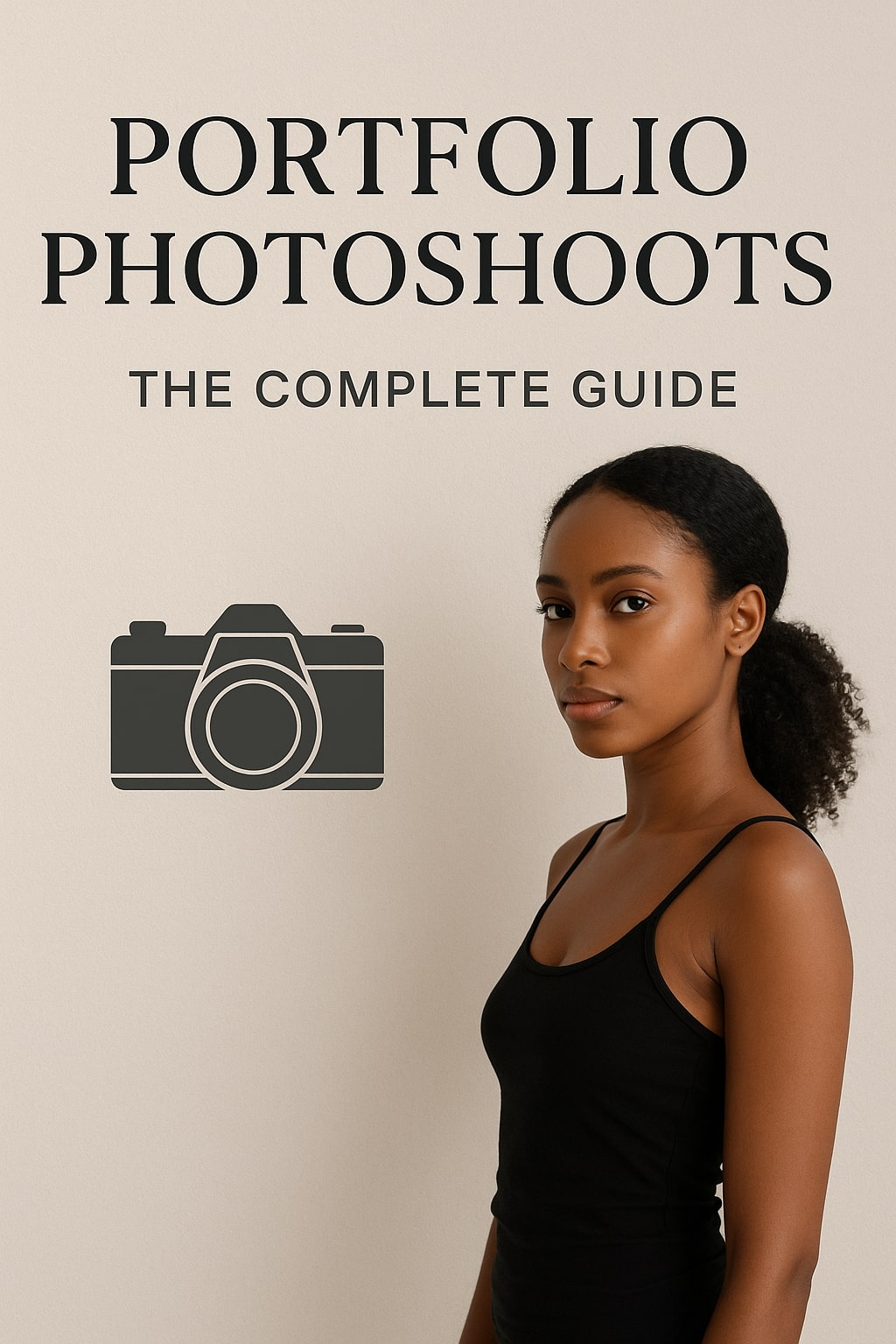
Professional Model & Portfolio Photoshoots: Show Your Best Work
-
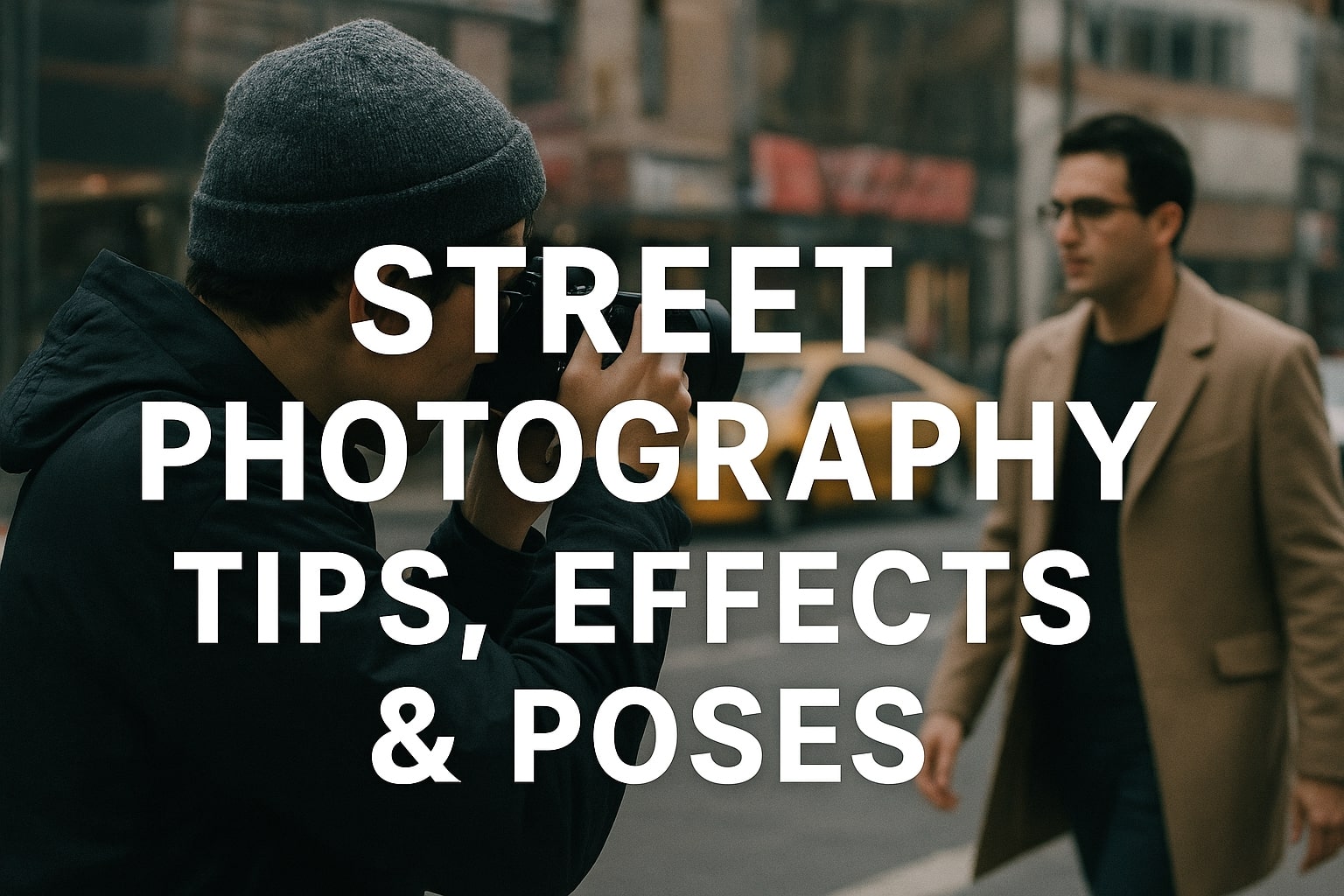
Street Photography Tips, Effects & Poses – Complete Guide
-

Leica Q2 for Photography: Why It’s Loved by Photographers
Mobile Photography Hacks: Candid Moments with Your Phone
Discover high-impact mobile photography hacks to capture genuine, gorgeous candid moments with your phone. Learn practical tips, composition secrets, and pro techniques to turn everyday scenes into stunning visual stories. Introduction: The New Age of Mobile Photography Photography has evolved beyond heavy cameras, technical jargon, and expensive equipment. Today, the power to capture extraordinary moments
Professional Model & Portfolio Photoshoots: Show Your Best Work
” Discover how to plan, style, and execute stunning portfolio photoshoots that showcase your skills, personality, and versatility. This comprehensive guide covers professional tips, posing ideas, gear suggestions, and industry insights for models and photographers.” Introduction – Why Portfolio Photoshoots Are the Cornerstone of a Photographer’s Career A well-crafted portfolio photoshoot is more than a
Street Photography Tips, Effects & Poses – Complete Guide
Discover the ultimate guide to Street Photography with expert tips, creative effects, and dynamic poses. Learn how to capture authentic urban moments, master composition, and tell powerful visual stories through your lens. Article Outline 1. Introduction to Street Photography Street Photography is more than just taking pictures of people in public spaces — it’s about
Leica Q2 for Photography: Why It’s Loved by Photographers
Introduction: The Cult Status of the Leica Q2 The Leica Q2 is not just a camera—it’s a statement. Combining the heritage of German precision engineering with modern digital excellence, it holds a special place in the hearts of professional and passionate photographers alike. With its full-frame sensor, prime Summilux lens, and minimalist design, the Q2
Top Cameras Under ₹1 Lakh for Freelance Photography
Freelance photography is no longer a niche—it’s a booming creative profession that demands not only vision and hustle but also the right gear. Your camera isn’t just a tool; it’s your storytelling partner. If you’re a freelance photographer aiming to balance performance, versatility, and budget, investing in a cameras under ₹1 lakh can offer the
Top Features of Nikon D850 That Make It Ideal for Photoshoots
Explore the top features of the Nikon D850 that make it a powerhouse for photoshoots. From exceptional resolution to dynamic range, this detailed Nikon D850 guide is built for professional and aspiring photographers. 1. Introduction When Nikon launched the D850, it quickly earned a reputation as a flagship DSLR that redefined what photographers could expect


